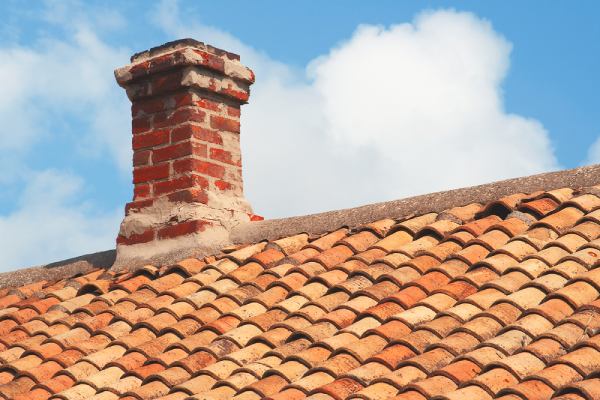A Positive Input Ventilation (PIV) system is a type of home ventilation system that uses a fan to supply fresh, filtered air from outside into the home. The system is designed to create a positive pressure inside the home, which forces out stale and humid air through natural gaps and leaks in the building fabric, such as windows, doors, and vents.
PIV systems typically consist of a fan unit installed in the loft space, which draws air from outside, filters it, and then distributes it throughout the home via ducts and vents. The fan operates continuously, usually at a low speed, and can be adjusted to vary the amount of air supplied to the home.
The benefits of a PIV system include improved indoor air quality, reduced condensation and dampness, and lower levels of pollutants, such as radon and volatile organic compounds. The system can also help to reduce energy consumption by improving ventilation and reducing the need for heating and cooling.
How often should a PIV filter be changed?
The filter in a PIV system should be replaced periodically to ensure that the air being supplied to the home is clean and fresh. The exact frequency of filter replacement will depend on a range of factors, including the level of pollutants in the local environment, the number of occupants in the home, and the efficiency of the filter itself. As a general guideline, it is recommended that the filter in a PIV system be replaced every 6 to 12 months.
PIV system with or without heater?
In the UK, PIV systems are commonly installed with heaters, also known as heat recovery ventilation systems. This is because the climate in the UK can be quite cold and damp, particularly during the winter months, and heating is required to maintain a comfortable indoor temperature.
PIV systems with heaters are designed to recover heat from the stale air being exhausted from the home and use it to warm the fresh air being supplied from outside. This can help to reduce energy consumption and improve the efficiency of the ventilation system, which is particularly important in a country where energy costs are relatively high.
In addition, PIV systems with heaters can help to reduce the risk of condensation and dampness inside the home, which can lead to problems such as mold growth and structural damage. By introducing warm, fresh air into the home, these systems can help to maintain a healthy and comfortable indoor environment, even during the coldest months of the year.
That being said, PIV systems without heaters can also be effective in the UK, particularly in homes with good insulation and air sealing. These systems simply supply fresh, filtered air from outside into the home without any additional heating, and can be a simpler and more cost-effective option for some homeowners.
Ultimately, the decision to install a PIV system with or without a heater in the UK will depend on a range of factors, including the local climate, the size and layout of the home, and the homeowner’s budget and preferences. It is important to consult with a qualified professional to determine which type of PIV system is best suited to your needs and circumstances.
PIV unit in bathroom?
It is not recommended to install a PIV unit in a bathroom, as the high levels of humidity and moisture in these spaces can cause damage to the unit and reduce its efficiency over time.
Bathrooms are typically high-moisture areas, particularly during and after showering or bathing. This moisture can accumulate inside the PIV unit and ducts, leading to corrosion, mold growth, and other damage. In addition, the moisture can also affect the performance of the unit, reducing its efficiency and effectiveness in providing fresh, filtered air to the rest of the home.
Instead, PIV units should be installed in a central location, such as the loft or hallway, where they can effectively distribute fresh air throughout the home without being exposed to excessive moisture or humidity. It is also important to ensure that the PIV system is properly insulated and sealed to prevent condensation from forming inside the ducts and other components.
If you are concerned about the air quality in your bathroom, there are other ventilation options that may be more suitable, such as a bathroom extractor fan or a mechanical ventilation system designed specifically for high-moisture areas. These systems are designed to effectively remove moisture and pollutants from the air in bathrooms and other high-moisture spaces, without compromising the performance or efficiency of the PIV system installed in the rest of the home.
Last update on 2025-02-28 / Affiliate links / Images from Amazon Product Advertising API










